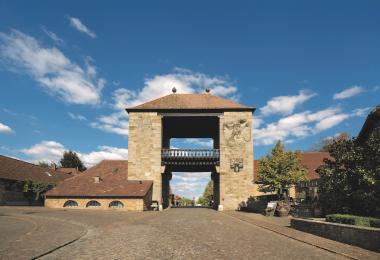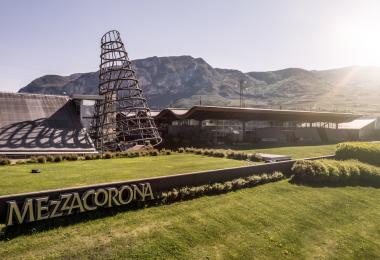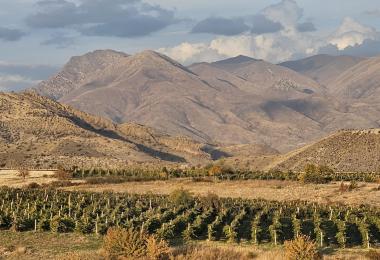Austria has established a firm place on the world stage for the uniqueness and high quality of its wines. The country is also a leader in environmentally conscious wine production. Austria has the largest proportion of certified organic vineyard area in Europe. 16 % of the country’s vineyard area is cultivated organically, up from 1.8 % in the year 2000 and 8.3 % in 2010. Almost one fifth of the organic area is currently farmed biodynamically. 12.4 % of the area under vines has been certified as sustainable, while the rest is predominantly cultivated according to the strict controlled integrated viticulture guidelines of Austria.

One fifth of the organic vineyard area is farmed biodynamically / Credit: ÖWM - Anna Stöcher
Organic and Biodynamic
The move to organic wine production has been driven by some of Austria’s top producers of fine wines. Vintners typically cite quality aspirations, unadulterated regional character and environmental awareness as motivations for converting to organic viticulture. The most important principles of organic agriculture include the prohibitive use of easily soluble mineral fertilizers and herbicides. Conscientious cultivation of the vineyard to naturally promote the health and fertility of the soil is practiced. Monitoring and examination by an official inspection body guarantees that production has complied with the guidelines of EU statutes. Many winegrowers belong to associations like Bio-Austria or the biodynamic organizations respect BIODYN or Demeter Austria, which prescribe even stricter guidelines for cultivation and production than the EU organic farming regulations. All Austrian quality wines are easily recognized by the red-white-red capsule top. Those that are produced organically carry the EU organic logo with the code number of the certification authority on the label.

Sustainable Austria certification is visible on wine labels
Sustainability
Austrian vintners are not only ecologically conscious, they are also concerned about social and economic aspects of production as well as climate change. To face these concerns, the Austrian Wine Growers’ Association initiated the development of a certification system for sustainably produced wine. Together with experts, quality objectives for a range of processes (grape production, wine production, vineyards, social and economic) were defined and measures were developed for sustainable implementation. After several years of development, the results were presented in 2014. In 2019, a delegation from the Scandinavian monopoly markets carried out a detailed review of the numerous international wine sustainability certifications. The results: out of around 300 international certifications examined, ‘Sustainable Austria’ was only one of fourteen to fulfil the strict requirements of the state monopolies.
An online tool for measuring the sustainable work practices has been available for Austrian wine producers since 2014. This tool allows wine producers to conduct an autonomous evaluation of their own enterprises. In an additional step, they can apply for certification of sustainability. Certified estates may then add the declaration ‘certified sustainable’ along with the estate’s registration number to their label.

Green cover between vine rows is required in organic and integrated viticulture / Credit: ÖWM - Klaus-Egle
Integrated Viticulture
Three quarters of Austria’s vineyard area is cultivated according to the controlled integrated viticulture regulations of Austria. Integrated viticulture refers to a procedure, to which all economically, ecologically and toxicologically sustainable methods are applied in order to keep the extent of damage to a minimum and beneath the economic damage threshold. Products made through this method of viticulture can be designated and described as “wine made from grapes produced via integrated viticulture”.

Red-white-red capsule tops guarantee quality inspection and sensory analysis of Austrian wines / Credit: ÖWM - Herbert-Lehmann
Austria’s green wave continues to gain momentum. Wine connoisseurs already appreciate Austria’s high quality of wines from unique grape varieties and terroirs. Awareness of responsible production methods is also increasingly becoming a factor in purchase decisions.








